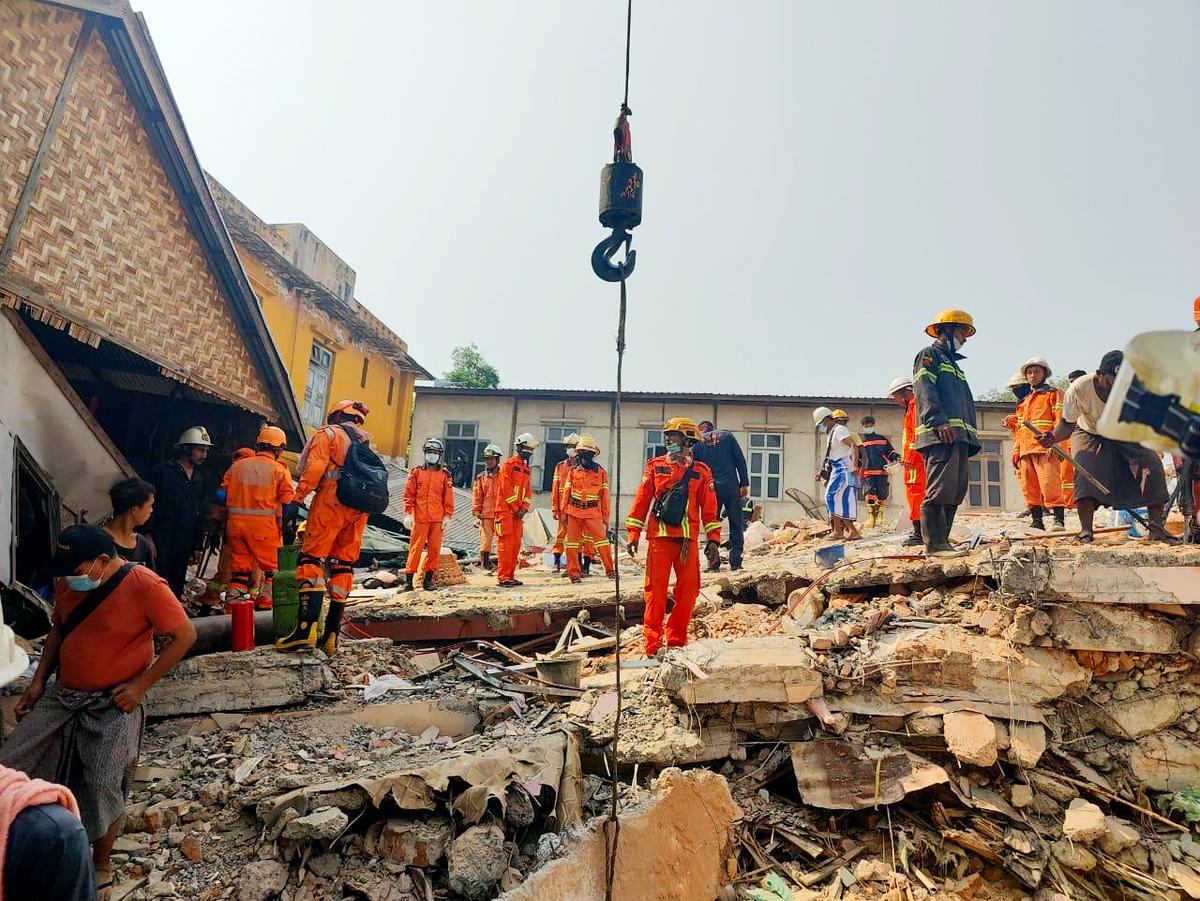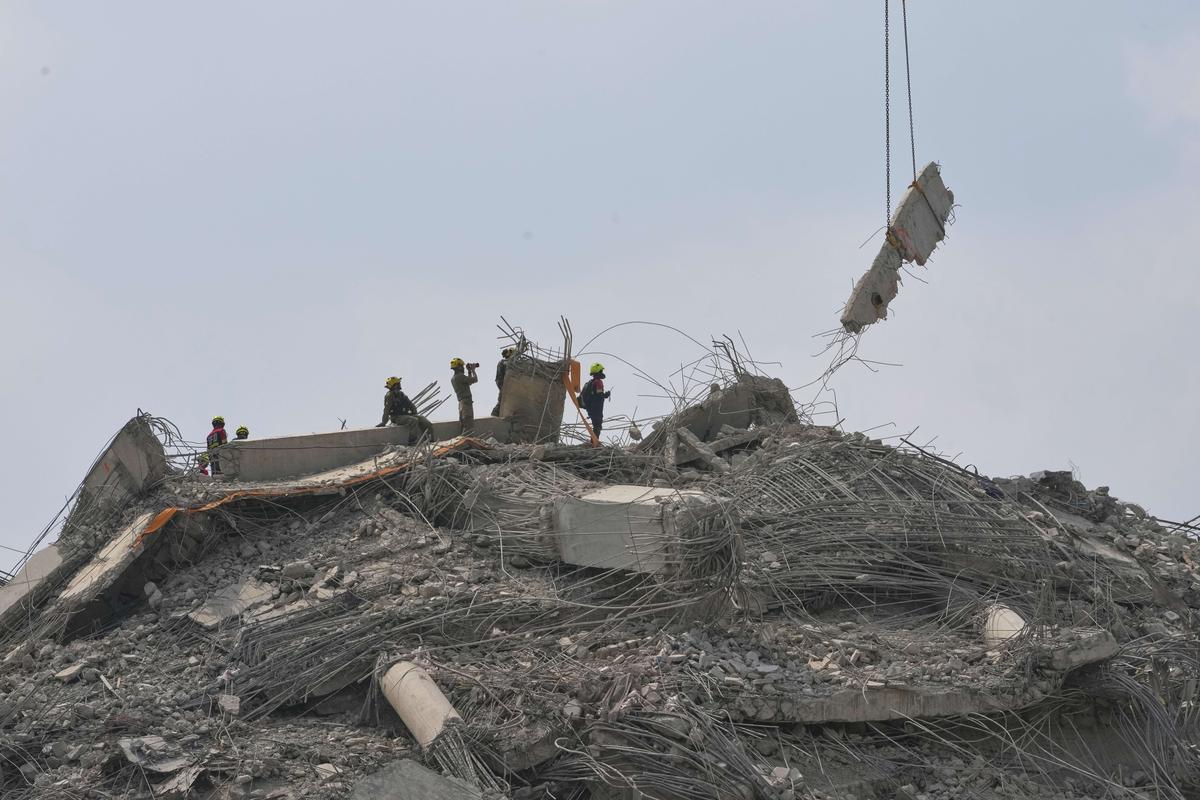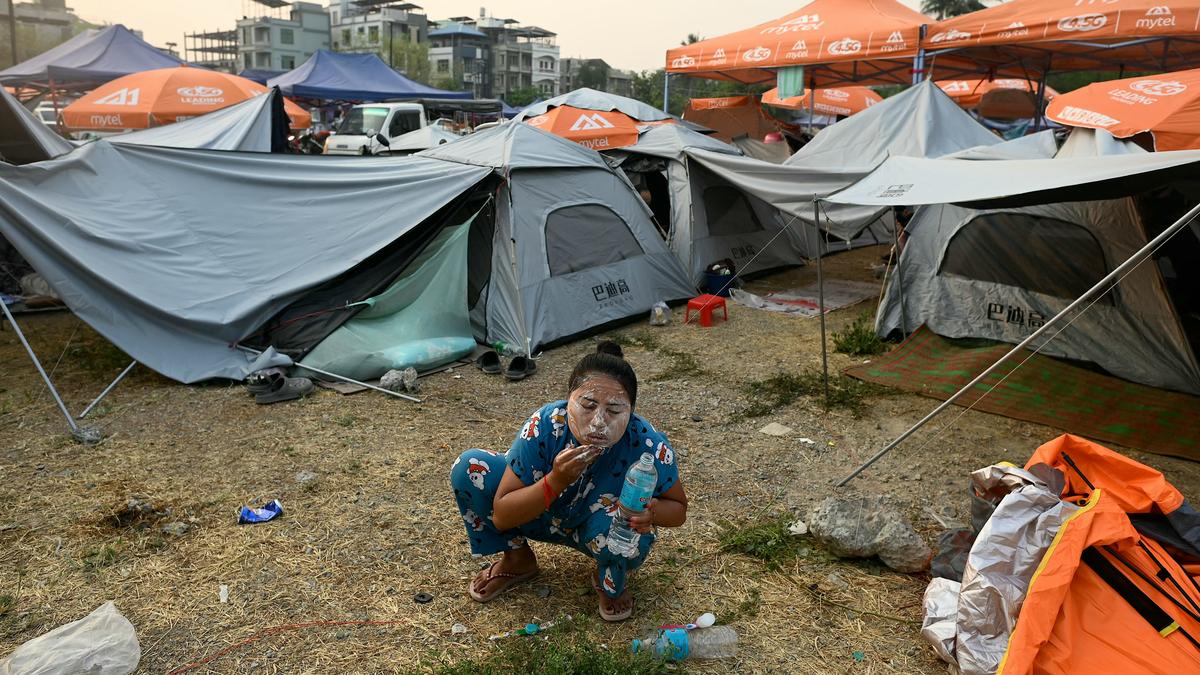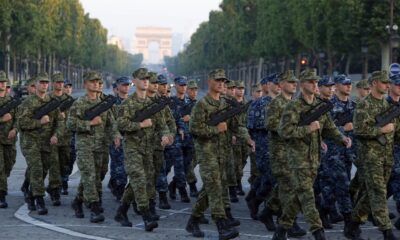Aid groups operating in the most severely affected areas of Myanmar have highlighted the critical need for shelter, food, and water following an earthquake that claimed the lives of over 2,700 individuals, including 50 preschoolers. However, they have expressed concerns that the ongoing civil war in the region may impede the delivery of essential aid to those in distress.
According to Chinese television reports on Tuesday (April 1, 2025), the death toll has risen to 2,719, with more than 4,500 individuals sustaining injuries. Myanmar leader Min Aung Hlaing has warned that the fatalities could surpass 3,000.
The reported death toll is more than 600 higher than the figure released by Myanmar state media.
Insights from the earthquake: on the Myanmar earthquake
The earthquake, measuring 7.7 on the Richter scale, struck around midday on Friday, marking the most powerful seismic event to hit Myanmar in over a century. The tremors caused ancient pagodas and modern structures to collapse.
In neighboring Thailand, rescue teams are tirelessly searching for survivors amidst the debris of a collapsed skyscraper in the capital city of Bangkok, although time is running out.
The United Nations Office for the Coordination of Humanitarian Affairs reported that in Myanmar’s Mandalay region, 50 children and two teachers lost their lives when their preschool building crumbled.

National Disaster Response Force (NDRF) personnel from India carry out rescue operation as part of Operation Brahma, the HADR mission to earthquake-hit Myanmar, in Mandalay
| Photo Credit:
ANI
“In the worst-affected areas, communities are struggling to meet fundamental needs such as access to clean water and sanitation, while emergency response teams are working around the clock to locate survivors and provide life-saving assistance,” stated the UN body in a report.
The International Rescue Committee emphasized the urgent requirement for shelter, food, water, and medical support in areas like Mandalay, near the quake’s epicenter.
An IRC worker in Mandalay reported, “Having experienced the horror of the earthquake, people now fear aftershocks and are sleeping outdoors on roads or in open fields.”

The ongoing civil conflict in Myanmar, where a military junta seized power in a coup in 2021, has complicated the efforts to assist the injured and displaced individuals following the country’s most significant earthquake in a century.
Amnesty International has called on the junta to allow humanitarian aid to reach regions not under its control. Rebel factions allege that the military junta has carried out airstrikes post the earthquake.
“Myanmar’s military has a history of blocking aid to areas where opposition groups are active,” stated Joe Freeman, Amnesty’s researcher for Myanmar.
“It is imperative that they allow unrestricted access to all humanitarian organizations and eliminate bureaucratic hurdles that are delaying assessments of needs,” he added.
The junta’s strict control over communication channels and the destruction of infrastructure like roads and bridges by the earthquake have further compounded the challenges faced by aid workers.
Thai authorities have confirmed that a regional summit in Bangkok, scheduled for later this week, will proceed as planned, with the possibility of junta leader Min Aung Hlaing participating via teleconference.
Prior to the earthquake, reports indicated that the junta chief was expected to make a rare foreign visit to attend the summit in Bangkok on April 3-4.
Building Collapse in Bangkok
In Bangkok, rescue teams are still combing through the debris of a collapsed skyscraper in search of any signs of life. However, given that four days have passed since the earthquake, the chances of finding survivors are diminishing.
“There are approximately 70 bodies trapped underneath… and we can only hope for a miracle that one or two may still be alive,” stated Bin Bunluerit, a volunteer leading the rescue efforts at the site.

Rescuers use heavy machinery to clear the huge slabs of concrete from the site of an under-construction high-rise building that collapsed after an earthquake in Bangkok, Thailand, on April 1, 2025.
| Photo Credit:
AP
Tavida Kamolvej, Deputy Governor of Bangkok, mentioned that scanners had detected six human-shaped figures, but there was no movement or vital signs. Efforts are underway to safely reach them with the assistance of local and international experts.
Search and rescue operations are ongoing at the site, with support from multinational teams including personnel from the U.S. and Israel, as concerned family members and friends await news.
Awaiting updates on his brother, 19-year-old Artithap Lalod expressed, “The rescue teams are giving their all. Whatever the outcome, we must accept it as it is.”
Thirteen fatalities have been confirmed at the building collapse site, with 74 individuals still unaccounted for. Thailand’s national death toll from the earthquake currently stands at 20.
Preliminary investigations have revealed that some of the steel samples collected from the collapsed building site were of substandard quality, as per officials from the Thai industry ministry. An inquiry has been launched to ascertain the cause of the structural failure.
Published – April 01, 2025 02:01 pm IST








































